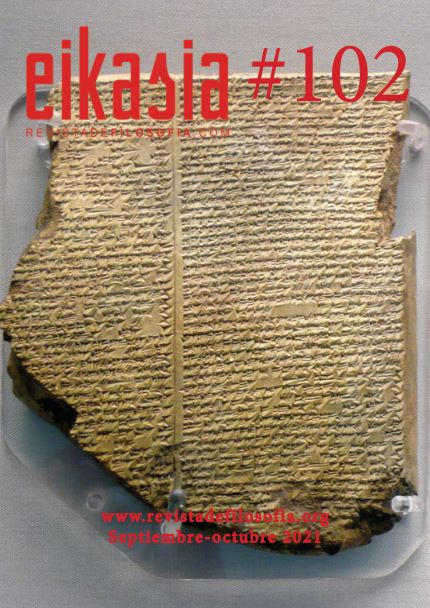Abstract
The violent acts narrated in The White Ribbon (Michael Haneke, 2009) lead us to ask ourselves certain questions about what Hannah Arendt called "the banality of evil" and how this concept is reflected in the filme. Returning to some questions raised by the author in her works The Origins of Totalitarianism (1951), The Human Condition (1958) and Eichmann in Jerusalem. A Report on the Banality of Evil (1963) we will try to answer the following questions: Are children incapable of perceiving the evil intention of their acts? Are they morally conscious about it? Is violence used as a way of revealing themselves to authority or as a way of putting into play the learned values? That is, can we speak of the banality of evil in order to describe the actions of children? The answer to this question seems to be affirmative, but it is necessary to establish an important distinction between the different acts that are described in the filme, so we will also address the ideas of authors such as Peter Sloterdijk and Jean Paul Sartre.
This work is licensed under a Creative Commons Attribution-NonCommercial-NoDerivatives 4.0 International License.
Copyright (c) 2021 Eikasia S.L.
Downloads
Download data is not yet available.

